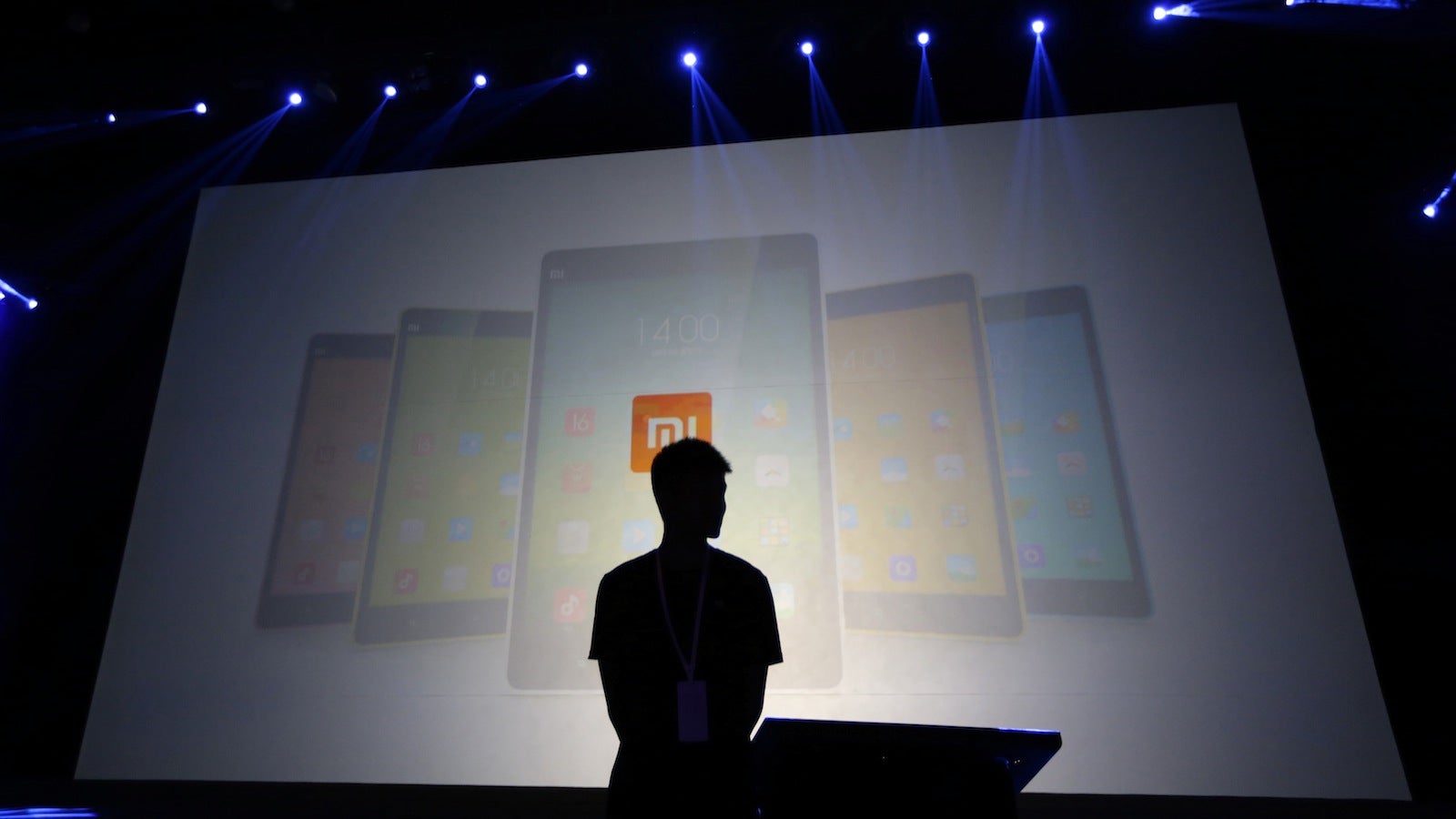Why Xiaomi’s new phone could be in your hands sooner than you think
Although the exact details are still under wraps, this much is known: Xiaomi is launching its new flagship device in Beijing on Jan. 15. And, it won’t be a long wait before Indian customers can get their hands on this new phone.


Although the exact details are still under wraps, this much is known: Xiaomi is launching its new flagship device in Beijing on Jan. 15. And, it won’t be a long wait before Indian customers can get their hands on this new phone.
“One of our focus is to reduce the time lag between China launch and India launch (to under two months),” Manu Jain, head of Xiaomi India, told Quartz last week.
India, after all, is Xiaomi’s second-biggest market. The Chinese phone maker debuted in India in July 2014—and has managed to sell about a million handsets (paywall) between July and December 2014.
Much of this came on the back of flash sales on Indian e-commerce portal, Flipkart, where entire stocks of Xiaomi’s phones were sold within seconds.
Now, as it seeks to reach out to more customers, Xiaomi is also looking to tweak its sales strategy. In 2015, the company intends on growing its exclusive service centers—where customers can explore Xiaomi devices, apart from after-sales support—to about 100. It currently operates only five such centres nationwide.
In November 2014, Xiaomi entered into a partnership with Airtel to sell the Redmi Note 4G, making the brand available offline for the first time.
But it’s not all been smooth sailing. Xiaomi has had a run-in with India’s air force, which suspected the phone maker of relaying sensitive user information back to its servers in Beijing—and also found itself in a patent controversy with Ericsson. The next hearing of the case is on Feb. 5.
Nonetheless, 2014 was a good year for the company. Globally, it sold a total of 61 million phones, earning pre-tax revenues of $12 billion and quickly grew to become the world’s fourth largest smartphone maker.
In December 2014, the company received funding worth $1.1 billion, valuing it at $45 billion—making it the most valuable technology start-up in the world.
Lag and launch
India—set to become the world’s second largest smartphone market after China by 2016—has become an important market for many manufacturers in recent months.
Apple, which has so far found the Indian market difficult to crack, has steadily reduced the the time lag between the US and India launch of its iPhones. Between 2010 and 2014, the average wait time came down by 91%.
Arch-rival Samsung has used the different strategy. On Jan. 06, for instance, the Korean phone maker decided to launch the Galaxy E7 and E5 smartphones in India before releasing them in any other part of the world.
In September 2014, Google, too, chose India to launch the first batch of its Android One phones.

As the graph above shows, Xiaomi is still a small player in India. But 2015 might just change that picture dramatically.